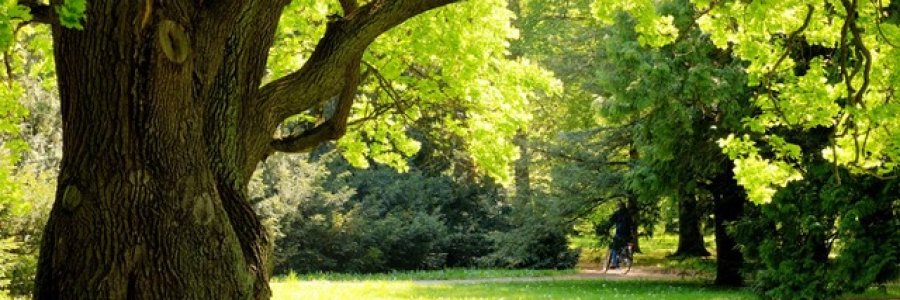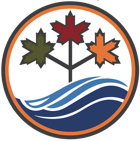
Natural Infrastructure in Grey Bruce
Submitted by Nikki May Member, Grey Bruce Climate Action Network
Think of a tree.
You are sitting under the tree on a warm summer afternoon. You hear the
hum of insects and the twittering of birds. Most people think trees are
beautiful. But have you ever stopped to think what a tree does for you
and for the fellow creatures who share our habitat?
A tree provides you with oxygen to breathe. It absorbs carbon dioxide,
one of the most worrisome greenhouse gases in this time of rapid climate
change. The tree also absorbs a great deal of water from the ground and
thus helps to reduce flooding in times of heavy rains.
The tree transpires or evaporates a great deal of water as well, as
water carries the nutrients it needs up from the soil to its leaves. As
a result, a tree can continually carry water away from the ground. In
times of drought, trees in large groups can transfer enough moisture up
into the atmosphere so that they ‘create’ their own rain. The Amazon
rainforest is particularly good at this. Trees also help to filter the
water that they don’t absorb as it travels through the soil to the
groundwater from where we draw our drinking water. And a tree provides
us with shade to cool us, our surroundings, and our homes, on hot summer
afternoons.
The tree also provides food for the insects you hear. Many of these
insects provide pollination services so that you can enjoy fruits,
vegetables and obtain seeds for next year’s garden. The insects provide
food for the birds, who in turn help control insect pests, add beauty
and interest to our lives, and provide food for animals higher up the
food chain.
All these things and more that trees do for us we call ecosystem
services. And trees are only one part of the natural world that provides
humans and other creatures with these services. Wetlands, meadows,
rivers and streams, the plants growing in them and the animals living
there, all provide us with the basic services we need to survive. Air to
breathe, clean water to drink, soil to grow our crops, pollination
services and much, much more. All these things together are what we call
natural infrastructure.
Like built infrastructure – think roads, water supplies, electricity;
natural infrastructure such as grasslands, woodlands, wetlands, lakes,
rivers and streams, makes our lives possible. In fact, natural
infrastructure is far more important to us than built infrastructure
because natural infrastructure provides us with the basics we need to
live. Think of the first peoples that came to this land ten to fourteen
thousand years ago, and then the waves of humans that followed. Before
the glaciers retreated, and for a long while afterwards, humans were not
able to live here. The natural infrastructure that provided them with
food and habitation did not yet exist. There was air to breathe, but no
running water at first, and then no food for a long while after the
glaciers retreated. Only when plants started to grow and animals
appeared were humans able to live on this land.
Today in Grey and Bruce Counties, we are very fortunate to still be
surrounded by a rich variety of natural infrastructure. Although many of
our wetlands have been filled in, still many remain. Our lakes and
streams are relatively clean and we have many woodlands and meadows on
the landscape. The health of our natural infrastructure is illustrated
by the richness of the bird life we find here, the relative fertility of
our soils, the variety of frogs that we still hear in the wetlands, and
the fact that there are still lots of black flies and mosquitoes in the
spring, bees and butterflies like monarchs and painted ladies in the
summer and dragonflies, damselflies and moths throughout the warmer
months. We need to protect these rich resources that sustain us, and
take advantage of them when we build new housing developments. If we
build around our woodlands, wetlands and flloodplains and incorporate
them into our infrastructure system, we will be rewarded by having
resources which only improve in performance with time but sequester
carbon and provide us with beauty and relief from mental stress whenever
we walk by a stream, through a meadow, or sit under a tree.
